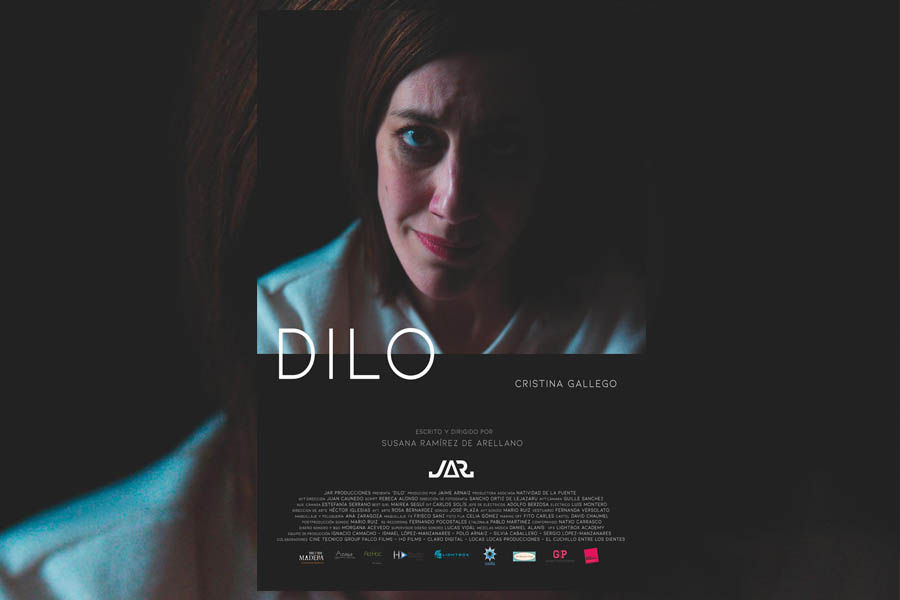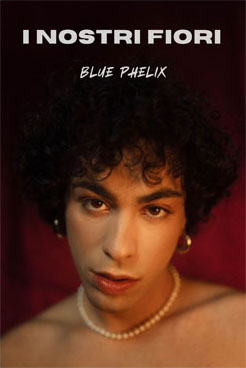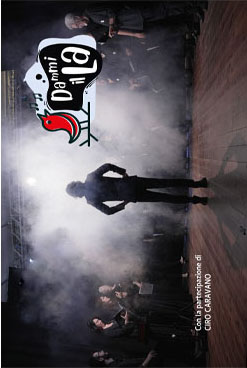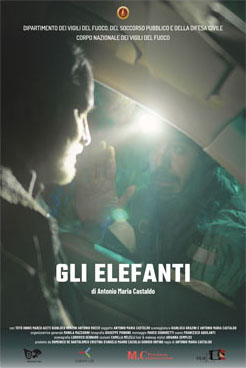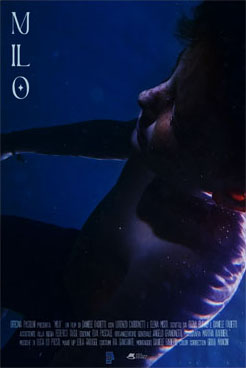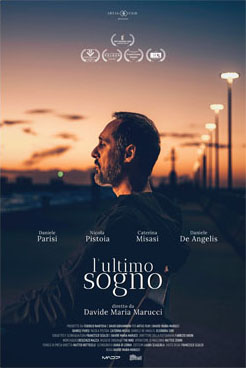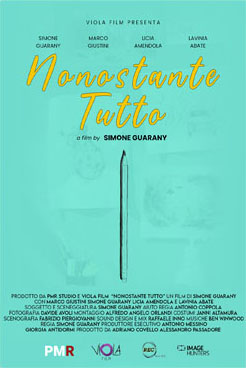ITA - Scritto e diretto da Susana Ramírez de Arellano, il cortometraggio, attraverso il concatenamento delle scene concepite dall’autrice, delinea un climax di angoscia che culmina nel momento in cui ne viene smascherata la fonte. Questo crescendo viene ricalcato dalla fotografia, dalle musiche, dal trucco sul volto dell’attrice, unica protagonista del cortometraggio. Attraverso questo espediente, l’autrice progetta un percorso che cava dal personaggio il suo non detto, incalzandolo implicitamente con l’imperativo del titolo, finché alla fine la verità di un dolore sepolto non prorompe in un urlo, in una delle scene più belle e intense dell’opera.
Daniela è a casa da sola, immersa in ambienti chiari e luminosi che per certi versi riflettono il suo umore. La sua giornata procede in un’atmosfera di perfetta armonia, finché qualcosa non interviene, di colpo, a turbarla. La serenità di Daniela è artificiale e una nube di oscurità arriva a ricordarglielo, aleggiando attorno a lei, durante momenti diversi della sua giornata, per disseppellire un trauma che non si lascia deporre. Daniela lotta contro i suoi attacchi di panico, cerca di ripristinare la routine, di estrarre degli spunti di gioia da immagini e profumi che dovrebbero suscitare bei ricordi ma che, puntualmente, rimandano a un episodio di violenza. Lentamente le storture vengono a galla, affiorano dalla pelle di Daniela, attraverso ferite sul corpo, tumefazioni sul volto che nessuno strato di trucco può coprire.
Con un gruppo composito, dedicato alla realizzazione degli effetti speciali attraverso due software e coordinato da María De La Iglesias e José Iván Pérez Santander, il cortometraggio si serve di strumenti moderni e suggestioni dalle implicazioni drammatiche per rendere visivamente l’onda di angoscia che a ritmo regolare si innesta nella quiete forzata di Daniela. Le musiche curate da Morgana Acevedo si combinano con il sonoro per sottolineare il passaggio da un clima idilliaco alle atmosfere sinistre con cui evolve il cortometraggio.
L’attrice protagonista, l’intensa Cristina Gallego, si spende in un’interpretazione appassionata che sa rapire il pubblico e comunicargli il senso d’angoscia e di persecuzione del personaggio. Lei stessa cambia il suo aspetto, in particolare il volto, nel corso dell’opera, anche per effetto di un trucco ben realizzato, curato da Francisco Sanz e Ana Zaragoza, che non mimetizza, ma risalta la maschera della protagonista e, nelle ultime scene, la fa cadere definitivamente.
____________________
ENG - Written and directed by Susana Ramírez de Arellano, the short film, through the concatenation of the scenes designed by the author, outlines a climax of anguish that culminates in the moment in which its source is unmasked. This crescendo is highlighted by the cinematography, the music, the sole actress’ makeup. Through this expedient, the author designs a path that extracts from the character her unspoken trauma, implicitly pressing her through the imperative tense of the verb in the title, until at the end the truth of a hidden pain breaks out in a scream, in one of the most beautiful scenes of the work.
Daniela is alone at home, immersed in clear and bright space which, in some ways, reflects her mood. The day goes on, in an atmosphere of perfect harmony, until something intervenes to disturb it. Daniela's serenity is artificial, and a cloud of darkness reminds her of it, hovering around her, in different moments of her day, to exhume her suffering. Daniela fights against her panic attacks, she tries to restore routine, to extract feelings of joy from images and scents that should arouse good memories but which, instead, recalls an episode of violence. Slowly all the distortions come to the surface, emerge from Daniela's skin, through cuts on her body, bruises on her face that no make-up could cover.
With a composite team dedicated to the creation of special effects through two software programs and coordinated by María De La Iglesias and José Iván Pérez Santander, the short film uses modern tools and suggestions with dramatic implications to visually communicate the growth of anguish that bursts into Daniela's forced quiet. The music by Morgana Acevedo is combined with the sound design to highlight the transition from a peaceful atmosphere to the sinister climate with which the short film evolves.
The actress, the intense Cristina Gallego, performs a passionate interpretation that captures the attention of the audience and communicates the character’s sense of persecution. During the development of the work, the audience can see the main character’s transformation through her face, also thanks to the make-up, curated by Francisco Sanz and Ana Zaragoza, which does not camouflage, but portrays the protagonist’s mask and, in the last scenes, lets it definitively fall.

